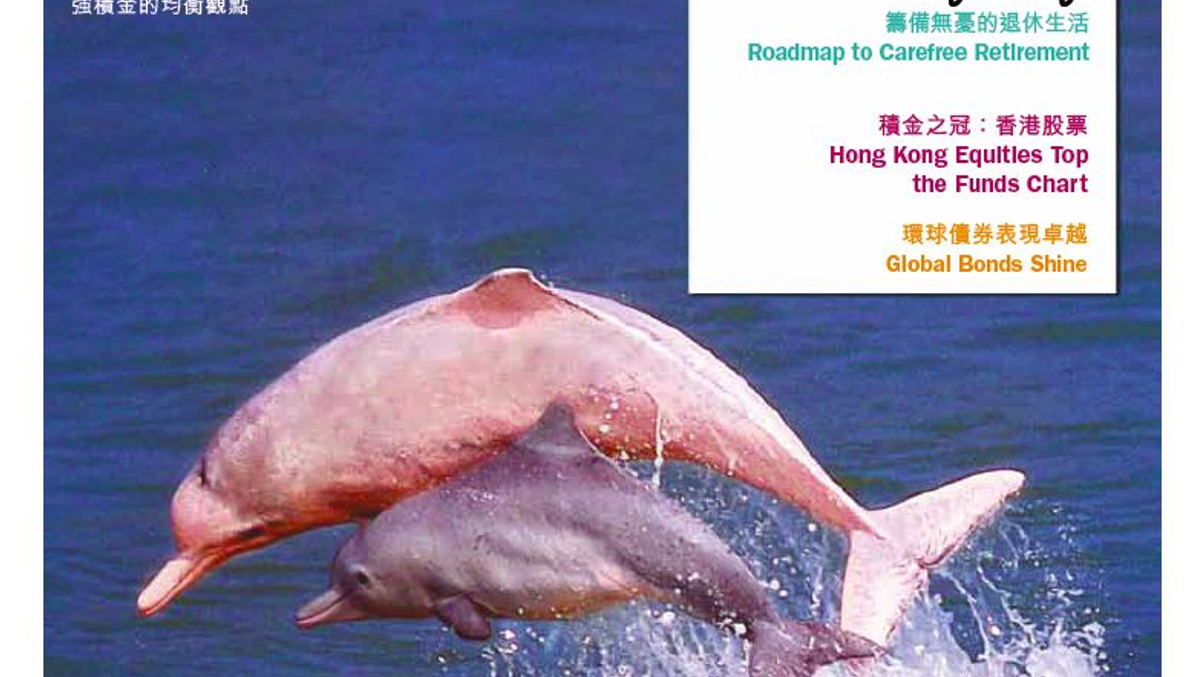MPF members must learn to compare performance: Towers Watson
Consultancy director Philip Tso argues that Hong Kong investors tend to focus too much on returns and not enough on risk. He wants them to learn how to read performance.

Members of Hong Kong’s Mandatory Provident Fund (MPF) scheme must learn to compare performance of scheme providers as well as to read investment return, says Philip Tso of consultancy Towers Watson.
Sign In to Your Account
Access Exclusive AsianInvestor Content!
Please sign in to your subscription to unlock full access to our premium AI resources.
Free Registration & 7-Day Trial
Register now to enjoy a 7-day free trial—no registration fees required. Click the link to get started.
Note: This free trial is a one-time offer.
¬ Haymarket Media Limited. All rights reserved.


